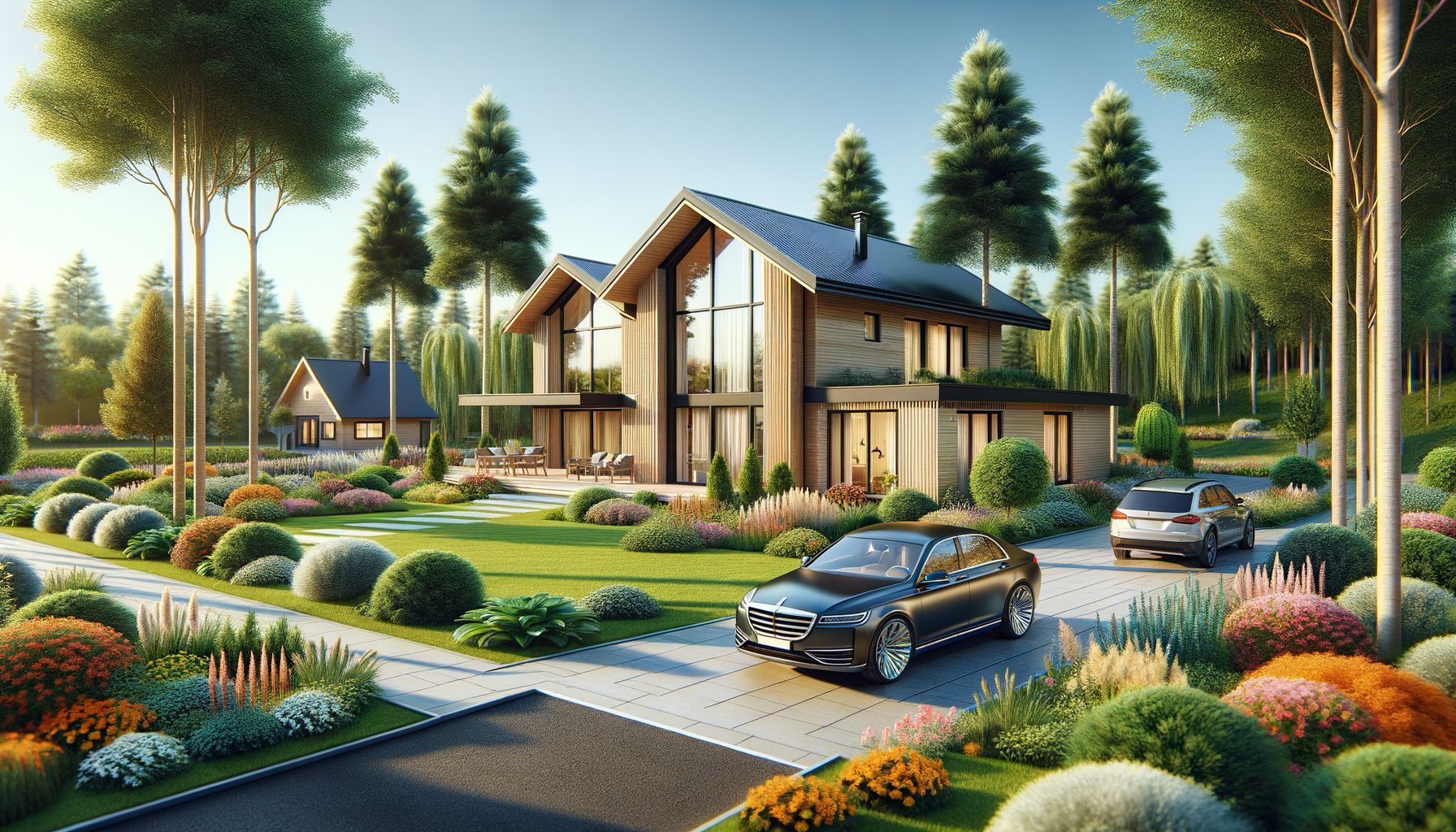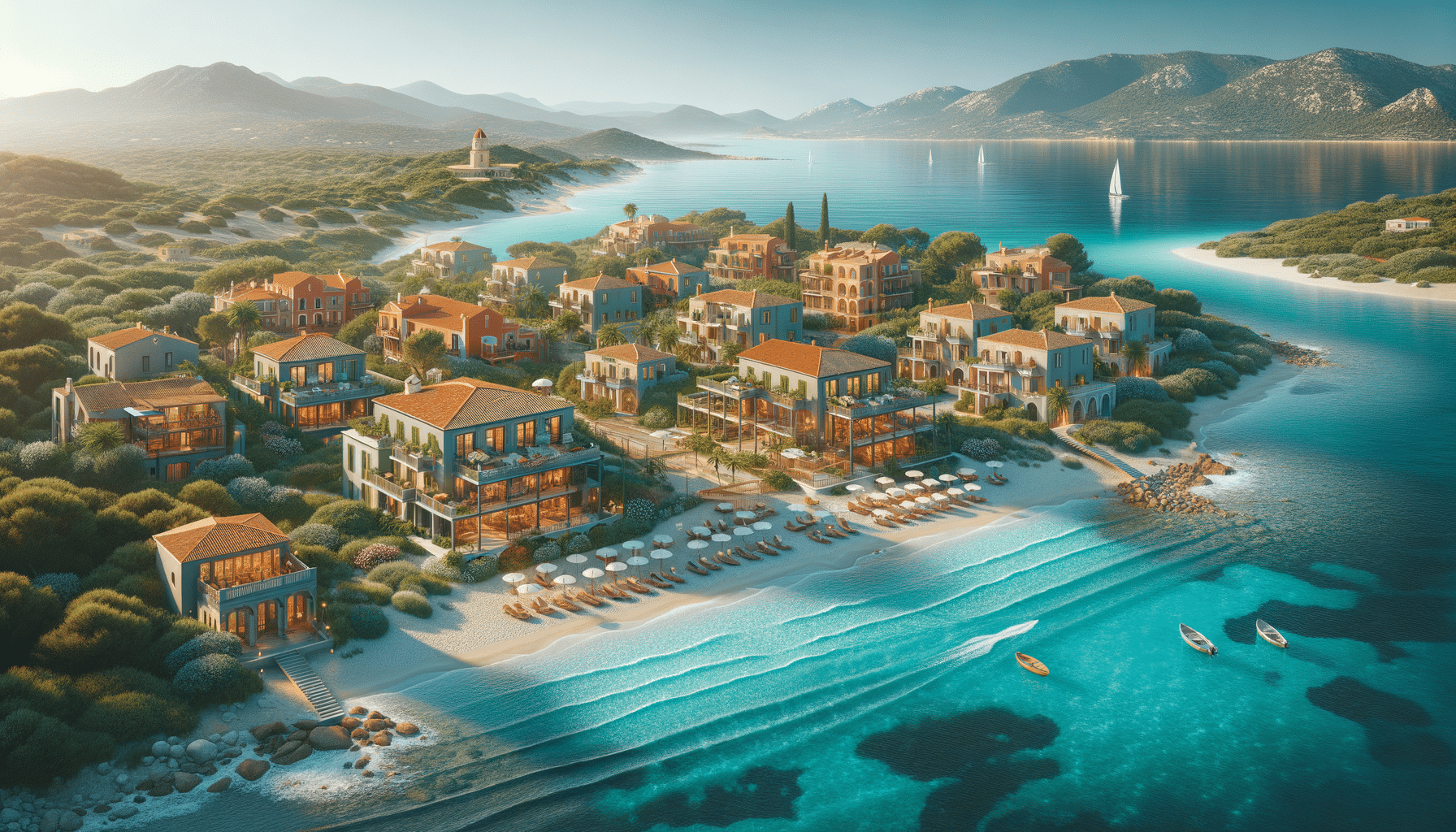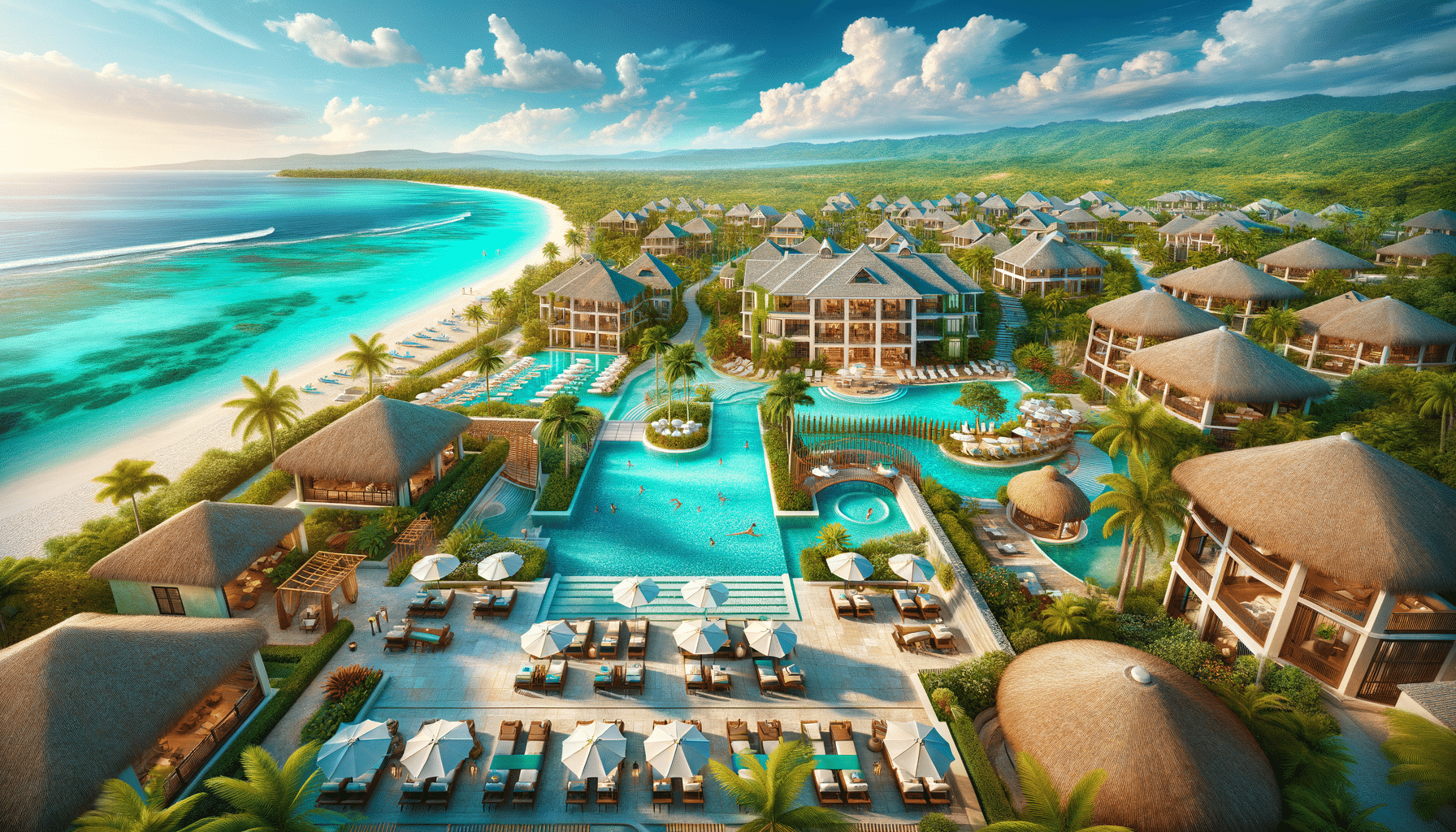
What to Know Before Buying a Prefab Home
Introduction to Prefab Homes
In today’s housing market, prefab homes are becoming an increasingly popular choice for individuals looking for efficient and modern living solutions. These homes are constructed using sections that are built in a factory setting and then transported to the site for assembly. This innovative approach offers a range of benefits, including reduced construction time and potentially lower costs. Understanding the intricacies of prefab homes, from site preparation to design options, can help prospective buyers make informed decisions and align their expectations with the building process.
Understanding the Prefab Home Process
The process of building a prefab home begins with the design and manufacturing of sections in a controlled factory environment. These sections, often referred to as modules, are then transported to the building site where they are assembled into a complete structure. This method has several advantages:
- Quality Control: Factory settings allow for stringent quality checks, ensuring each module meets high standards.
- Time Efficiency: Prefab homes can be constructed in a fraction of the time it takes to build a traditional home.
- Cost-Effective: Reduced labor and construction time can lead to significant cost savings.
However, it’s important to note that site preparation is a critical step that must be completed before the modules arrive. This includes ensuring the land is properly graded and utilities are in place. Understanding these steps can help streamline the process and avoid potential delays.
Design Choices and Customization
One of the appealing aspects of prefab homes is the variety of design options available to buyers. While some may envision a cookie-cutter approach, the reality is that prefab homes offer a wide range of customization possibilities. Buyers can choose from different architectural styles, floor plans, and finishes to create a home that suits their personal tastes and needs.
Customization options may include:
- Floor Plans: Various layouts are available, ranging from compact designs to spacious multi-story homes.
- Materials and Finishes: Buyers can select from an array of materials for both interior and exterior finishes, allowing for personalization.
- Eco-Friendly Features: Many prefab homes offer sustainable options, such as energy-efficient windows and solar panels.
These choices not only enhance the aesthetic appeal of the home but also contribute to its functionality and efficiency.
Timelines and Expectations
Understanding the timeline involved in building a prefab home is crucial for managing expectations. The process is typically faster than traditional home construction, but it still involves several key stages:
- Design Phase: This initial stage involves selecting and customizing the design, which can take a few weeks to a few months, depending on the complexity.
- Manufacturing: Once designs are finalized, the modules are manufactured in a factory, usually taking between 6 to 12 weeks.
- Site Preparation: Concurrently, the building site is prepared, which includes foundation work and utility installation.
- Assembly: After the modules are delivered, the on-site assembly can be completed in a few days to a couple of weeks.
While the overall timeline is shorter, factors such as weather conditions, permit approvals, and site readiness can influence the schedule. Being aware of these elements can help buyers plan effectively.
Conclusion: Making an Informed Decision
Prefab homes present a compelling option for those seeking modern, efficient, and customizable housing solutions. By understanding the process, design possibilities, and timelines, buyers can make informed decisions that align with their lifestyle and budget. As the demand for these innovative homes continues to grow, they represent a viable alternative to traditional construction, offering both flexibility and quality. For anyone considering a prefab home, taking the time to research and plan can lead to a rewarding and satisfying home-building experience.


